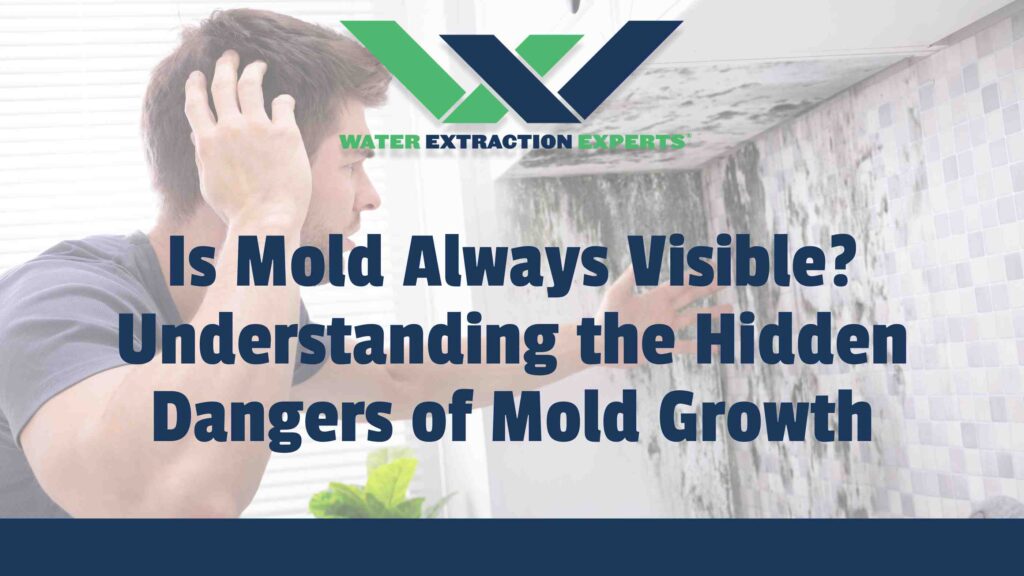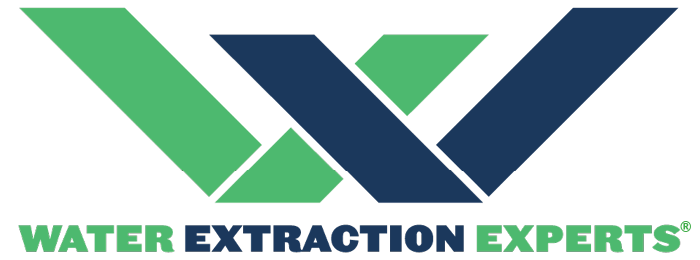
Is Mold Always Visible? Understanding the Hidden Dangers of Mold Growth
Is Mold Always Visible? Understanding the Hidden Dangers of Mold Growth
When it comes to mold, many homeowners believe that what they can’t see won’t hurt them. Unfortunately, this isn’t always the case. At Water Extraction Experts, we often encounter hidden mold growth that poses health risks and can cause extensive damage to properties. Understanding the nature of mold and its often invisible presence is crucial for maintaining a safe and healthy living environment. Here’s what you need to know about mold and its hidden dangers.
Mold Can Hide in Plain Sight
Mold is a type of fungus that thrives in damp, warm, and humid conditions. While some mold growth is visible and easy to identify—like the black spots on your bathroom ceiling or the fuzzy patches on food—other mold infestations can be much harder to detect. Mold can grow behind walls, under floors, inside HVAC systems, and in other hidden areas of your home.
Common Hidden Mold Locations:
- Behind Wallpaper: Mold can grow between the wall and wallpaper, making it invisible until the wallpaper is removed.
- Under Carpeting: Carpets and the padding underneath can harbor mold if they have been exposed to moisture.
- Inside Walls: Leaks from plumbing or roofs can lead to mold growth inside walls, often unnoticed until a serious problem develops.
- In HVAC Systems: Mold spores can spread through your HVAC system, affecting the entire house without visible signs.
Signs of Hidden Mold
Even if you can’t see mold, there are several indicators that it might be present in your home:
- Musty Odor: A persistent musty smell is often a strong indicator of hidden mold.
- Allergic Reactions: Symptoms like sneezing, coughing, and itchy eyes that worsen when you’re at home can be a sign of mold exposure.
- Water Damage: Areas that have experienced water damage, leaks, or flooding are prime candidates for mold growth.
- Discoloration: Stains or discoloration on walls and ceilings, even without visible mold, can suggest hidden growth.
Health Risks of Hidden Mold
Mold can have serious health implications, particularly for individuals with respiratory conditions, allergies, or weakened immune systems. Even if mold is not visible, exposure can cause:
- Respiratory Issues: Mold spores can irritate the lungs.
- Allergic Reactions: Mold exposure can cause symptoms such as sneezing, runny nose, and skin rashes.
- Toxic Effects: Some molds produce mycotoxins, which can lead to more severe health problems.
What to Do if You Suspect Hidden Mold
If you suspect that there is hidden mold in your home, it’s essential to take action promptly. Here are the steps you should follow:
- Professional Inspection: Contact a professional mold remediation company like Water Extraction Experts to perform a thorough inspection. We use specialized equipment, including moisture meters and infrared cameras, to detect hidden mold.
- Air Quality Testing: Air samples can be taken to identify mold spores that are not visible to the naked eye.
- Mold Remediation: If mold is found, professional remediation is crucial to ensure complete removal and prevent future growth. This may include removing affected materials, cleaning surfaces with antifungal treatments, and addressing the source of moisture.
Conclusion
Mold is not always visible, and its hidden presence can cause significant health and structural issues. At Water Extraction Experts, we are dedicated to providing thorough mold inspection and remediation services to protect your home and health. If you suspect mold growth, don’t wait until you see it—take action now to ensure a safe living environment. Contact us today to schedule an inspection and learn more about our comprehensive mold remediation services.
Water Extraction Experts
505-250-6500
Free Estimates!
Serving Albuquerque, Rio Rancho, East Mountain and Surrounding Areas
